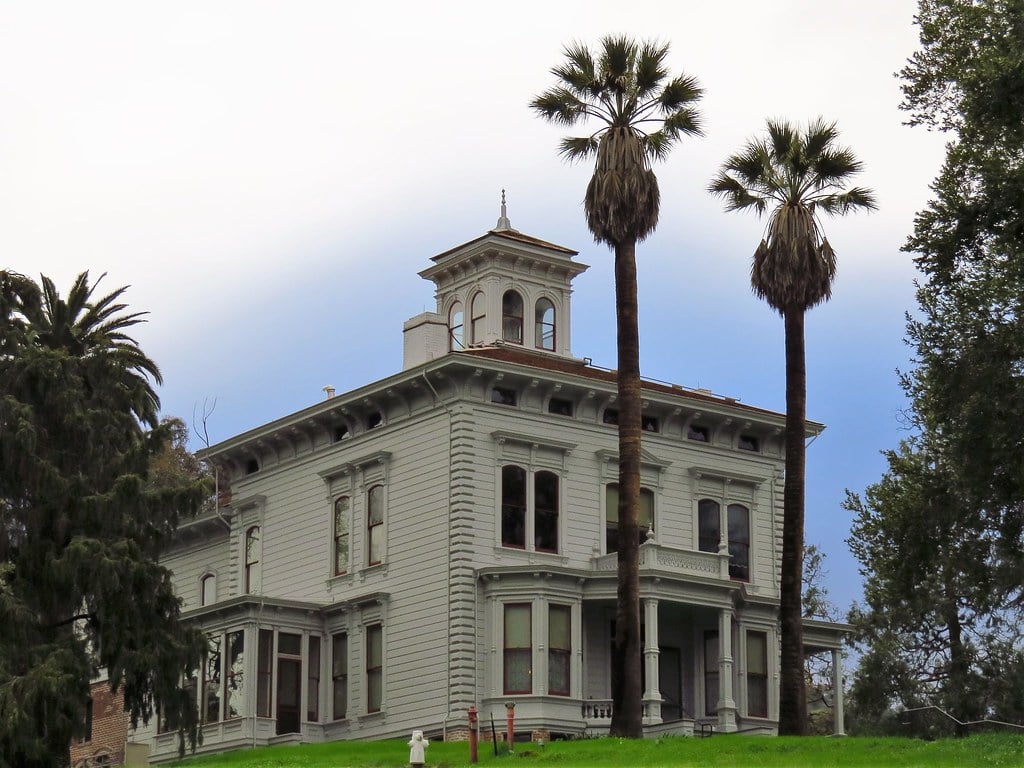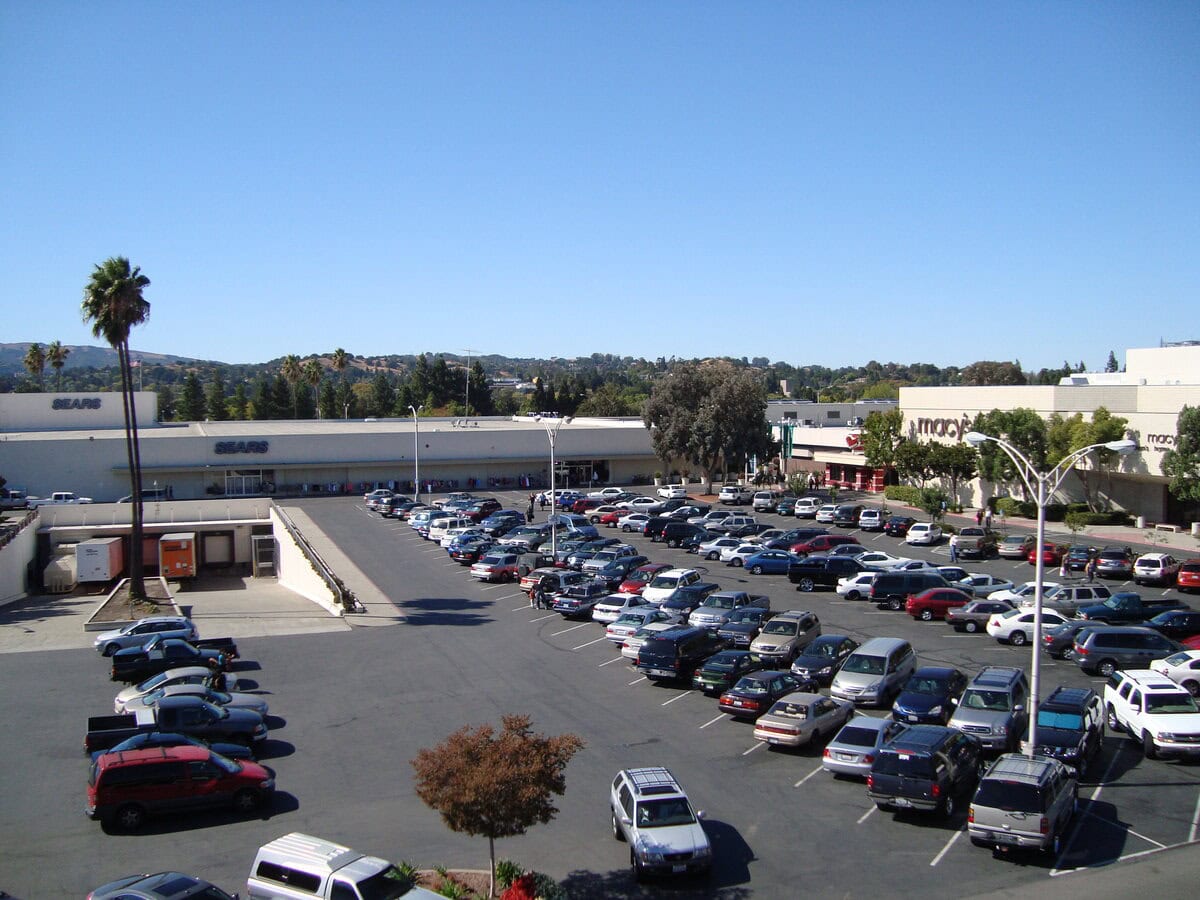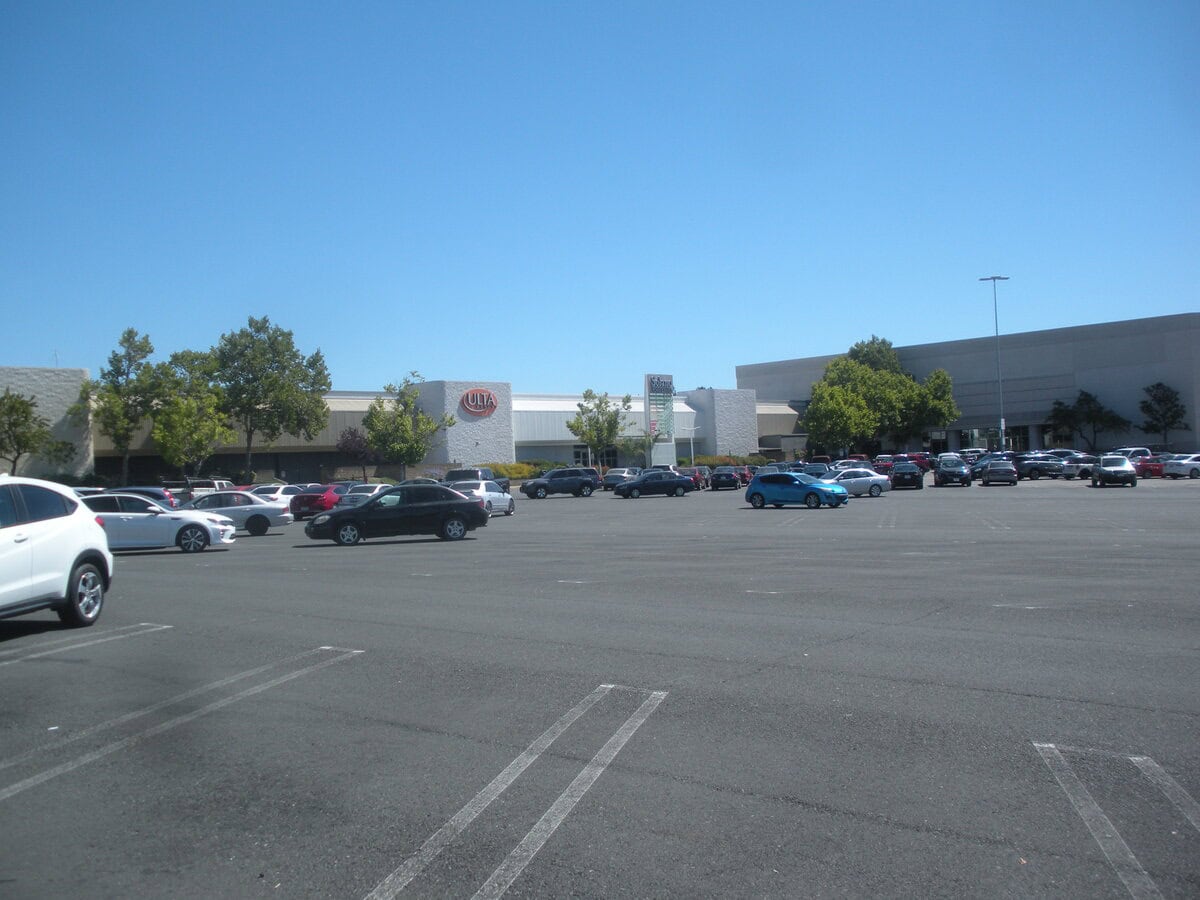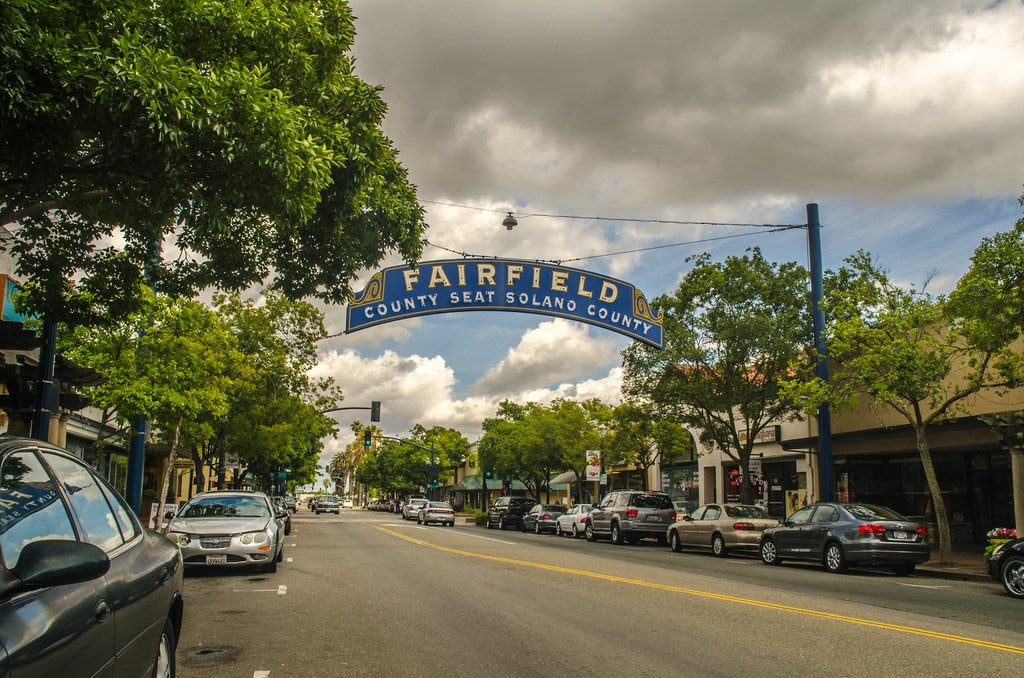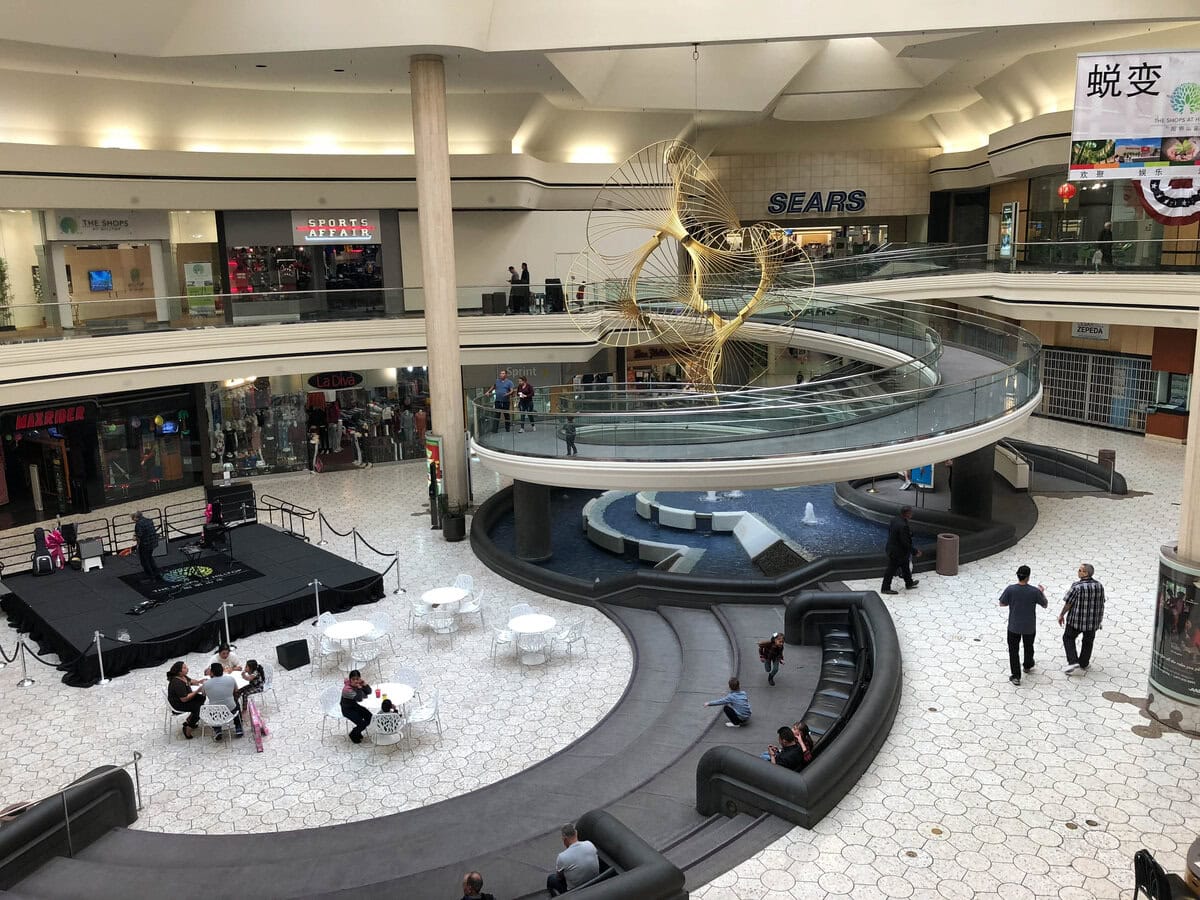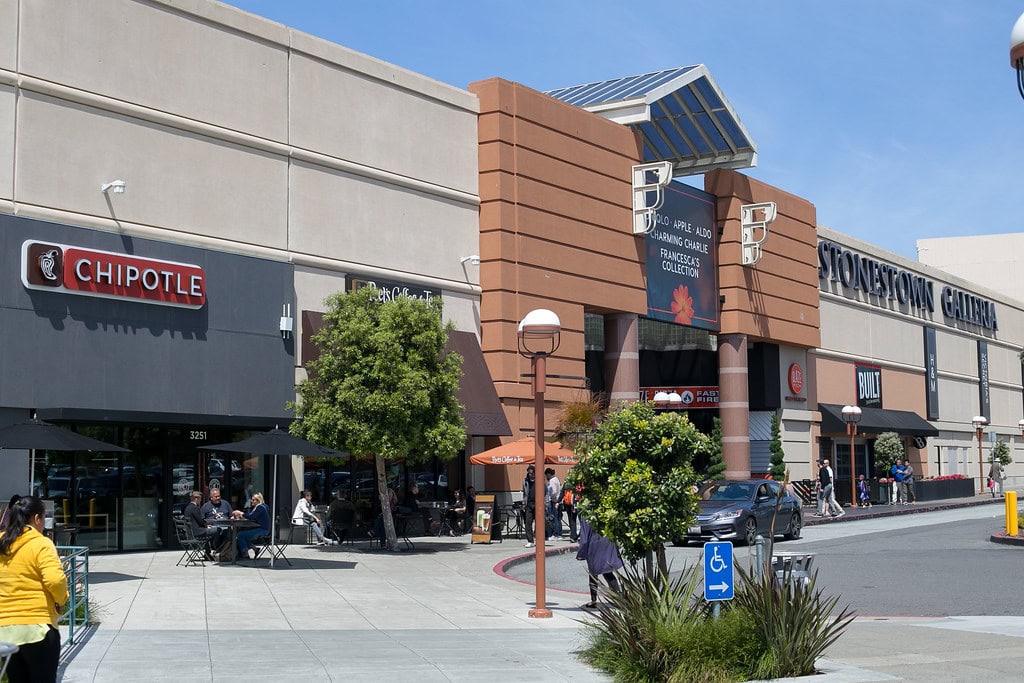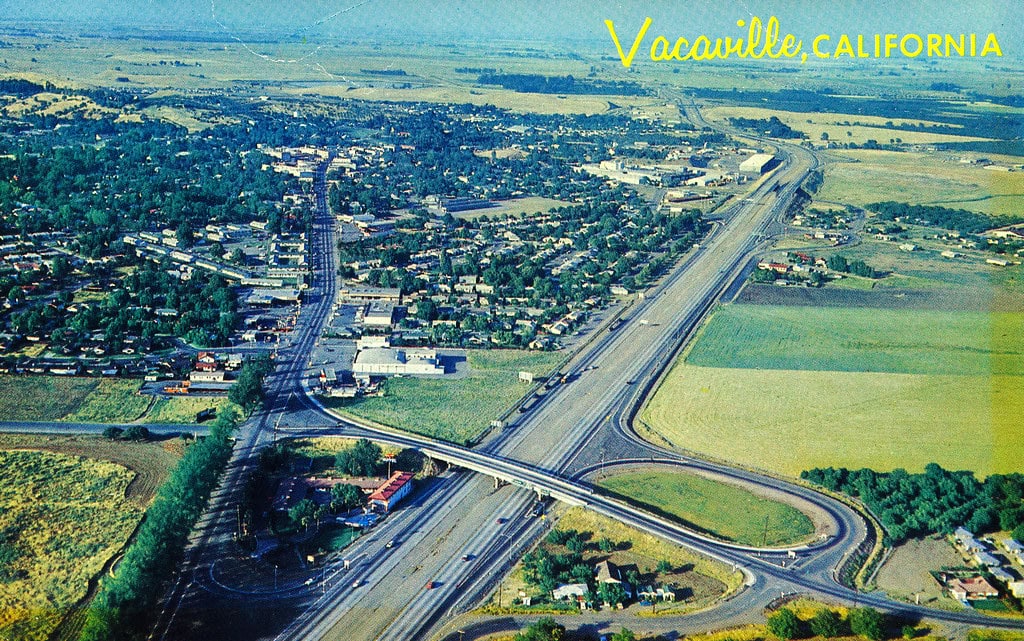Berkeley, California, has always been a city full of stories - some broadcast far and wide, others tucked away in the corners of its neighborhoods.
We count down ten facts about Berkeley that go far beyond the college-town clichés.
Hidden in the mix: a one-block street puzzle that's baffled drivers, a citywide tax that started a national debate, and a parrot saga that flew beneath the radar for years.
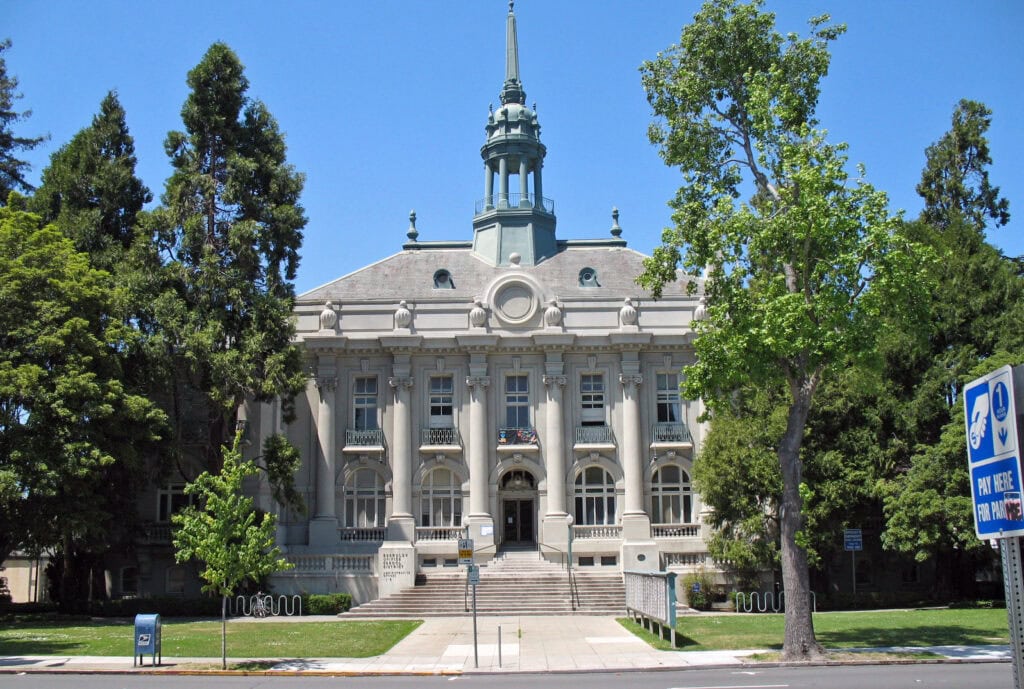
The first curbside recycling trucks, a nuclear reactor under a classroom building, and the original soda tax all appear somewhere in the lineup.
How many of these can you claim as old news, and which ones will be new, even to longtime residents?
Keep track as you read and see if your Berkeley knowledge holds up to this local challenge.
Berkeley law technically makes it illegal to whistle for a lost canary before 7:00 a.m.
Berkeley's municipal code contains several unusual laws from earlier eras.
Still, the ordinance about lost canaries and whistling is one of the most cited oddities.
The law, written in the early 1900s and still technically on the books, was created to address noise complaints in residential neighborhoods.
Alongside it, the city also had temporary bans on selling peanut butter and mayonnaise sandwiches on Sundays, reflecting the changing social standards of the time.
While rarely enforced, these laws are occasionally referenced during city trivia nights and by local tour guides, who point out Berkeley's history of quirky regulations.
Berkeley was the first U.S. city to pass a soda tax.
In November 2014, Berkeley voters approved Measure D, making it the first city in the United States to adopt a tax on sugar-sweetened beverages.
The law placed a one-cent-per-ounce tax on sodas and similar drinks sold within city limits, with the goal of reducing sugar consumption and funding nutrition education and public health programs.
Berkeley's soda tax gained national attention and was later studied by health researchers, who found a decrease in sugary drink sales and an increase in water consumption following its implementation.
The ordinance influenced similar efforts in other U.S. cities in the years that followed.
UC Berkeley operated a TRIGA Mark III nuclear reactor in Etcheverry Hall from 1966 to 1987.
The Department of Nuclear Engineering at UC Berkeley began in 1958.
Still, its research reactor, a 1-megawatt TRIGA Mark III, became operational in August 1966 in the basement of Etcheverry Hall.
The reactor was primarily used for teaching and research in nuclear engineering, neutron activation analysis, food trace element detection, and archaeological dating.
It was not the first campus-based reactor in the world, as several U.S. universities installed research reactors in the late 1950s and early 1960s.
Berkeley's reactor ceased operation in December 1987, with full decommissioning and fuel removal completed by 1991.
Remnants, such as shielding and signage, are occasionally referenced in university archives and tours.
The "Berkeley Big People" sculptures once startled drivers at the city's western gateway.
In 2008, the city installed a pair of 30-foot-tall sculptures called "Berkeley Big People" near the University Avenue overpass, close to the entrance to Interstate 80.
Created by artist Scott Donahue, the sculptures depicted two enormous figures, one male, one female, holding objects that represented local interests, such as books and a kayak.
The installation sparked debate over its appearance and placement, with some residents praising its boldness and others criticizing its look.
After years of weathering, the city replaced the figures with new public art.
Still, for a time, the "Big People" served as Berkeley's unofficial greeters for everyone driving in from the Bay Bridge.
The 1971 antiwar protests at People's Park featured a 40-foot-long puppet of Richard Nixon.
During the Vietnam War era, Berkeley gained national recognition for its protests, particularly at People's Park.
In 1971, demonstrators constructed a giant puppet of then-President Richard Nixon, made from wire, fabric, and cardboard, and marched it down Telegraph Avenue.
The puppet was designed and assembled by students and community activists who used it as a visual centerpiece for street theater and rallies.
Photographs of the event ran in major newspapers, and some long-term residents remember the puppet's appearance as an example of the city's flair for political performance and public spectacle.
Shattuck Avenue splits into Shattuck Place for one block near downtown.
In downtown Berkeley, Shattuck Avenue has an unusual split: between Allston Way and University Avenue, a short street called Shattuck Place runs parallel to the main avenue before rejoining it.
The two streets closely follow each other for just one block, with separate addresses and some storefronts facing onto each other.
While the origins of this arrangement are not fully documented, the parallel stretch is visible on city maps.
It can confuse visitors or delivery drivers unfamiliar with the area.
This brief fork is unique in Berkeley's street grid and often noticed by people navigating downtown for the first time.
The city once hosted a free-roaming flock of parrots that became minor celebrities.
Starting in the late 1980s, a flock of red-masked parakeets began appearing in North Berkeley and near the University of California, Berkeley campus.
Residents speculated that the birds escaped from a pet store or private aviary.
Over several years, the flock grew, nesting in palm trees and feeding on backyard fruit.
Local papers covered their antics, and residents reported hearing their calls as far south as Ashby Avenue.
The flock dwindled after the 2000s due to habitat changes and predation. However, occasional sightings still circulate on neighborhood social media.
The "Berkeley Pier" once stretched over three miles into the San Francisco Bay.
The Berkeley Pier, built in 1926, originally extended 3.5 miles into the bay and was used by cars as a ferry terminal to San Francisco before the Bay Bridge opened.
For years, drivers would line up on University Avenue, pay a toll, and cross part of the bay by car ferry.
After the bridge's construction, the pier became a popular spot for fishing and walking.
Today, only about half a mile of the trail remains accessible to the public, with the rest closed for safety reasons.
However, the remains can still be seen stretching out into the bay at low tide, serving as a poignant reminder of Berkeley's early connections to the region's transportation network.
Berkeley's West Branch Library was the first public library in California to achieve LEED Platinum certification.
The West Berkeley Public Library opened its new 9,300-square-foot building in December 2013 and received LEED Platinum certification in 2016, making it the first public library in California to earn this recognition.
The facility was designed as a Zero-Net-Energy building, featuring solar photovoltaic panels, radiant flooring, daylighting, natural ventilation, and stormwater planters.
The landscaping uses native and drought-tolerant plants, and many of the building materials were recycled or sustainably sourced.
The library offers community meeting rooms, a teen room, adult literacy programs, and a seed library for local gardeners.
Its design attracted the attention of planners and sustainability advocates across the state.
Berkeley is home to the first curbside recycling program in the United States.
In 1973, the Ecology Center in Berkeley launched the nation's first curbside recycling pickup for residents, marking a significant shift in how cities across the country handled waste.
Residents could set out cans, glass, and newspapers in specially marked bins for collection.
The pilot program quickly expanded citywide after it proved logistically workable and popular with locals.
The model inspired similar programs nationwide and helped establish Berkeley's long-standing reputation for environmental activism.
The Ecology Center remains operational, and its original blue recycling trucks have become a familiar part of the city's everyday landscape.


